You are using an out of date browser. It may not display this or other websites correctly.
You should upgrade or use an alternative browser.
You should upgrade or use an alternative browser.
Soviet targeting pods (Mercuriy LLTV)
- Thread starter qwerty123
- Start date
- Joined
- 27 December 2005
- Messages
- 16,457
- Reaction score
- 19,165
They typically used dedicated attack aircraft which built in such things, such as the Kaira on MiG-27K and Su-24M or Klen on Su-25. There were some test items towards the end of the Soviet era in connection with Su-25T and multirole MiG-29M, such as a Mercuriy LLTV pod and possibly others but I don't think any made production.
i cant find any information about mercuriy podThey typically used dedicated attack aircraft which built in such things, such as the Kaira on MiG-27K and Su-24M or Klen on Su-25. There were some test items towards the end of the Soviet era in connection with Su-25T and multirole MiG-29M, such as a Mercuriy LLTV pod and possibly others but I don't think any made production.
- Joined
- 27 December 2005
- Messages
- 16,457
- Reaction score
- 19,165
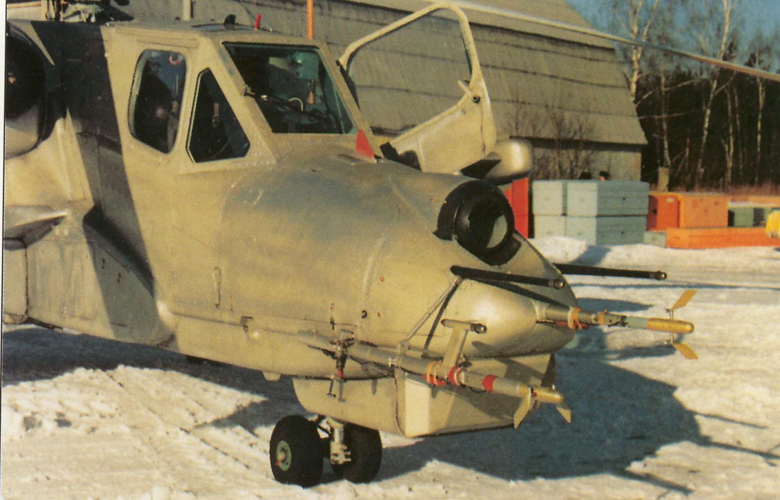
The second Ka-50 prototype had a mockup of the Mercuriy LLTV device above the nose.
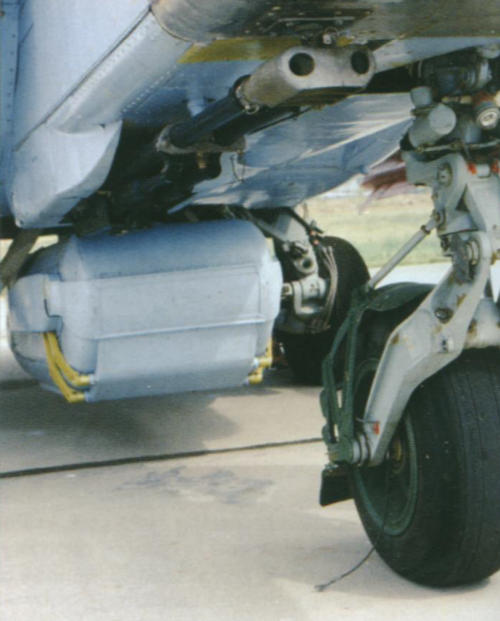
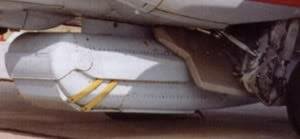
This Mercuriiy pod was displayed on the Su-25TM - the shutter covers the sensitive optics. Whether it was functional, I don't know. The results of testing were not good. It was intended to be replaced by a Khod FLIR in the same container.
This is the Mercuriiy for the Su-25 below. It has the fixed circular wide-angle view lens as on the V-80 prototype and a separate and a narrow-view lens that is moveable. Source: Ildar Bedretdinov book on Su-25
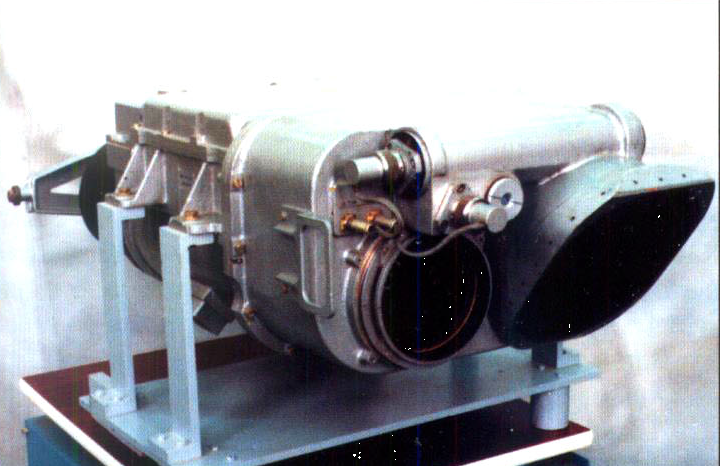
"Transmitting tube of ultrahigh sensitivity LI-703 from NTPS "Mercury"
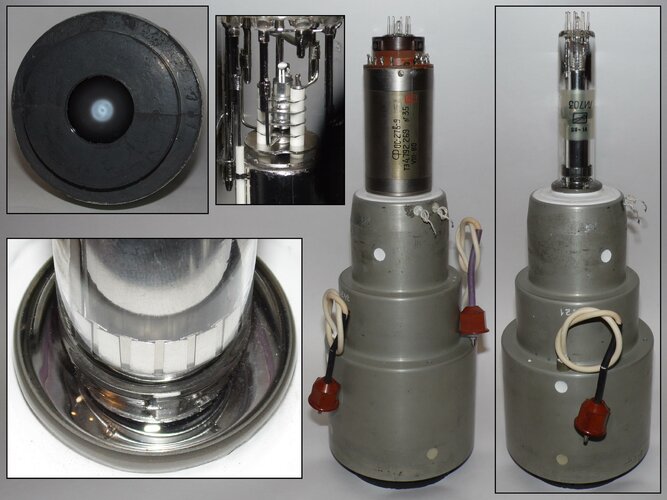
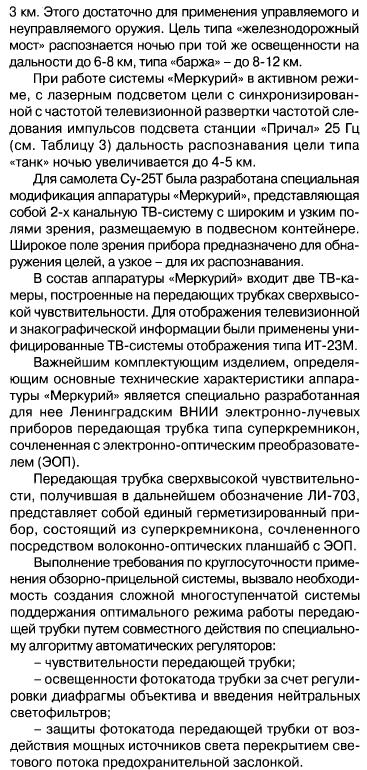
НТПС "Меркурий"
Передающая трубка сверхвысокой чувствительности ЛИ-703 от НТПС "Меркурий". http://ipic.su/img/img7/fs/LI-703.1545574799.jpg http://webcache.googleusercontent.co...&ct=clnk&gl=ru P.S. Там по ссылке можно найти названия приборов из которых состояла ЛИ-703, чел его разобрал (супервидикон ЛИ-...
 forum.dcs.world
forum.dcs.world
Source: Ildar Bedretdinov, Su-25 bookFor operations at night, the I-251 complex can be supplemented with a low-level television sighting system of round-the-clock action "Mercury", developed by the Moscow Scientific Research Television Institute (MNITI), mounted in a hanging container, which is installed on the ventral external suspension unit. The cross section of the container is close to rectangular, its front part is closed with a cover that protects the optics during takeoff and landing. The thermal imaging system has a lens with a wide and narrow (5.5x7.3 degrees) field of view (optical night channel system is not stabilized).
The range of detection and capture of a target of the "tank" type by the television system of the daytime channel is 10 km, at night, in the light of the moon - 3 km. This is enough for the use of guided and unguided weapons. A target of the "railway bridge" type is recognized at night with the same illumination at a distance of up to 6-8 km, of the "barge" type - up to 8-12 km.
When the "Mercuriy" system is in active mode, with laser illumination of the target with a pulse repetition rate of the "Prichal" station illumination pulses synchronized with the television scanning frequency of 25 Hz (see Table 3), the recognition range of the "tank" type target at night increases to 4-5 km .
For the Su-25T aircraft, a special modification of the Mercury equipment was developed, which is a 2-channel TV system with a wide and narrow field of view, placed in a hanging container. The wide field of view of the device is intended for detecting targets, and the narrow field of view is for recognizing them.
The "Mercury" equipment includes two TV-cameras built on ultra-high sensitivity transmitting tubes. To display television and signographic information, unified TV display systems of the IT-23M type were used.
The most important component product that determines the main technical characteristics of the "Mercury" equipment is a supersilicon-type transmitting tube specially developed for it by the Leningrad All-Russian Research Institute of Cathode-Beam Devices, coupled with an electron-optical converter (IOC).
The transmission tube of ultrahigh sensitivity, which later received the designation LI-703, is a single sealed device consisting of supersilicon, coupled with an image intensifier tube by means of fiber-optic faceplates.
Fulfillment of the requirement for round-the-clock™ use of the surveillance and sighting system necessitated the creation of a complex multi-stage system for maintaining the optimal mode of operation of the transmitting tube through the joint action of automatic regulators according to a special algorithm:
- sensitivity of the transmitting tube;
- illumination of the photocathode of the tube by adjusting the lens aperture and introducing neutral filters;
- protecting the photocathode of the transmitting tube from the impact of powerful light sources by blocking the light flux with a safety shutter.
Characteristics Parameters The range of working illumination (on the ground) provided by the automatic control system, lux 100,000-0.001 Resolution (TV Lines) 550 - 600 The number of reproduced gradations of brightness is not less than 6 Power supply from the onboard network voltage, V 27
Source: Su-25T Flight Manual (partial)Night optical-television system has two fields of view:
- narrow - 5.5°х 7.3°
- wide - 13.7°х18.2°
Last edited:
- Joined
- 27 December 2005
- Messages
- 16,457
- Reaction score
- 19,165
No, it was a part of the Shkval sighting complex on the Su-25T.
- Joined
- 27 December 2005
- Messages
- 16,457
- Reaction score
- 19,165
LLLTV was never widely adopted as it required some level of light to work, and FLIR was simply a better technology. The Mercuriy was really borne out of desperation and the failure to produce a workable FLIR in the USSR.
do u have su-25t manual?LLLTV was never widely adopted as it required some level of light to work, and FLIR was simply a better technology. The Mercuriy was really borne out of desperation and the failure to produce a workable FLIR in the USSR.
i love to see more informations about mercury pod
Hey, Overscan. The Su-39 was recently added to a popular military hardware game, but the developer failed to add Khod FLIR due to lack of information about it.LLLTV was never widely adopted as it required some level of light to work, and FLIR was simply a better technology. The Mercuriy was really borne out of desperation and the failure to produce a workable FLIR in the USSR.
I've read about a dozen books and couldn't find anything worthwhile: angles of view, sensor resolution (at least).
This is needed to bring the thermal imager into the game.
There is a similar question on another system - millimeter radar "Kinzhal". I could only find the range of target detection, but not the angles\speed of scanning
Maybe you know some of these things? I have lost hope and have already emailed the development companies (but they will never reply)
War thunder?Hey, Overscan. The Su-39 was recently added to a popular military hardware game, but the developer failed to add Khod FLIR due to lack of information about it.
I've read about a dozen books and couldn't find anything worthwhile: angles of view, sensor resolution (at least).
This is needed to bring the thermal imager into the game.
There is a similar question on another system - millimeter radar "Kinzhal". I could only find the range of target detection, but not the angles\speed of scanning
Maybe you know some of these things? I have lost hope and have already emailed the development companies (but they will never reply)
- Joined
- 27 December 2005
- Messages
- 16,457
- Reaction score
- 19,165
Piotr Butowski, LOTNICTWO WOJSKOWE ROSJI TOM III (1997)For operations at night, a container with Merkuriy television equipment is suspended under the hull, the viewing angles of which are 13.7 deg x 18.2 deg or 5.5 deg x 7.3 deg, respectively. Mercuriy allows the pilot to see the bridge at night from a distance of 6-8 km, and the tank from a distance of 3 km. The optical system of the Merkuriy apparatus is not stabilized and allows the use of weapons unguided only at night in good weather conditions.
To protect against damage during take-off and landing, the front part of the container is covered with a solid steel cover, which is tilted during operation. However, the Merkuriy station did not meet expectations and now, instead, a new thermal imaging station, Khod, is being tested for operation at night. For the Su-25T, the Kinzhal-S radar mounted in the container was also developed.
Last edited:
Does a real Su-25T manual exist in the public domain?Source: Su-25T Flight Manual (partial)
- Joined
- 27 December 2005
- Messages
- 16,457
- Reaction score
- 19,165
Some pages from it only.
pdf? Can you show me pls?Some pages from it only.
Similar threads
-
NPO Istok "Soyuz-Sintez" Experimental Radar program
- Started by overscan (PaulMM)
- Replies: 11
-
-
Extended Cold War Naval Development
- Started by that_person
- Replies: 13
-
-
Cold War hero Francis Gary Powers receives posthumous Silver Star
- Started by Stargazer
- Replies: 0
